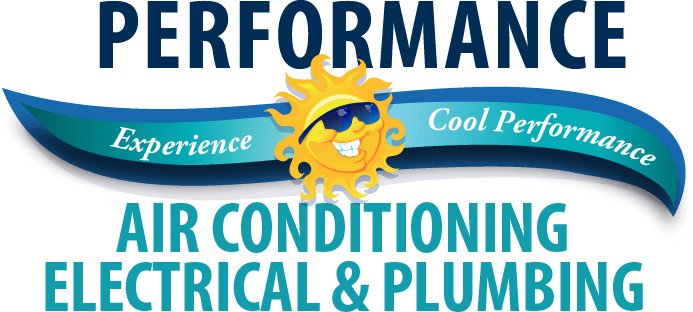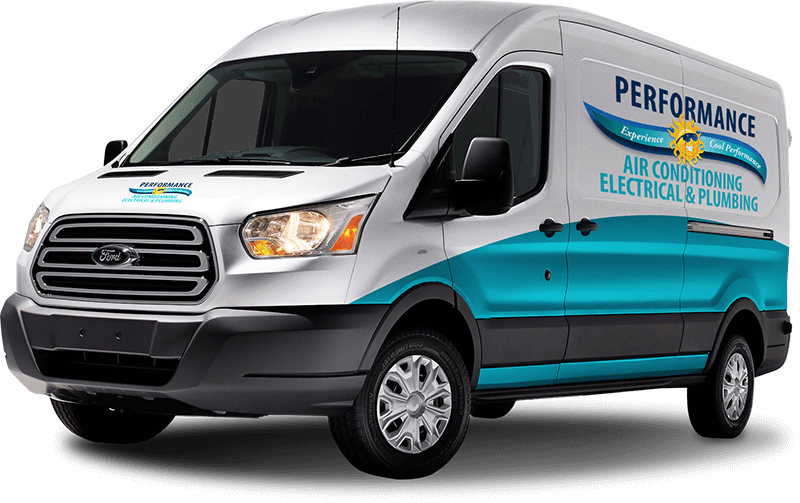
1. Tend to Landscaping for Safety
Winds can become violently strong, so it’s a good idea to tend to your landscaping. Plants, trees and other flora are vulnerable, and in certain
instances can even present dangerous hazards. Here’s how you can hurricane-proof your home’s landscaping:
- Trim or remove any damaged trees or branches. You may want to consult with a professional tree trimming company to assess your property and inspect any potential risks.
- Secure small trees and shrubs. Tie down any smaller plants or trees to prevent them from uprooting in the case of high winds.
- Landscape with bark. Use bark in garden pathways as ground cover instead of gravel. Windblown gravel is more likely to cause potential damage to vehicles, windows or other structures.
2. Keep a Portable Generator on Hand to Keep Your AC Running
Buy a portable generator in case of a major power outage. That way, you’ll still have cooling power of your air conditioner inside despite the nasty weather outdoors. Make sure to keep the generator outside and protected from moisture, at least 20 feet away from windows and doors. And NEVER plug a generator into a wall outlet while attempting to power your home.
3. Fortify Your Fortress
- Secure rain gutters and downspouts. Make sure any loose rain gutters and downspouts are secure and remove debris or clogged areas to safeguard your home against water damage. Also test your drains and sump pumps to ensure everything is in working order.
- Safeguard entry doors. Install head and foot bolts on all major doors to give your home extra protection against screeching winds.
Also caulk around all windows and doors to prevent any moisture damage. - Inspect attached structures. Check carports, canopies, sheds, porches and outdoor furniture to ensure all are firmly attached and protected from extreme weather.
- Invest in storm shutters. If you live in a coastal area such as Tampa Bay, storm shutters are an important and worthy investment to make to safeguard your home.
The National Oceanic and Atmospheric Administration recommends homeowners living on the coast from Maine all the way through Texas have shutters installed to protect windows from shattering. High winds and flying debris can pose huge risks to fragile windows. When it comes to hurricane prep, best to be safe rather than sorry.
4. Assess Wind and Flood Insurance Policies
Home insurance policies vary greatly from policy to policy, so you’ll
want to asses your current coverage plan. Depending on where you live, your plan may not include a wind policy or cover damages caused by wind. If this is the case, you should consider purchasing a separate wind policy to be safe. Homeowners insurance doesn’t cover flooding, so if you don’t have a flood insurance policy you should look into different coverage options available in your location.
5. Put Together a Disaster Supply Kit
Be prepared for anything by planning your evacuation route and putting together a helpful hurricane disaster supply kit. Here’s what you should include:
- Flashlight
- Batteries
- First Aid Supplies
- Cash
- Copies of Important Documents and Information

